Katana prices vary widely — an antique-grade katana can sell for tens of thousands of dollars, while a modern real katana made from steel might cost just a few hundred. That’s a price gap of more than a hundredfold.
Antique katanas often start at $10,000 and up, with some reaching tens of thousands. There’s no fixed price — it all depends on the condition, craftsmanship, swordsmith, and era. Of course, you can also find antique swords priced in the thousands, but those may be in poorer condition or hold less artistic value. This is a field that requires knowledge and discernment. Just like art auctions, katana pricing isn’t rigid — it’s fluid.
If you’re on a budget but still want a fully functional real katana instead of a decorative toy, consider going for a modern-made samurai sword.
How much is a real katana?
A modern, functional katana can cost around $200. You’ll even see some listed on Amazon for under $100. If you’re looking for something for display or cosplay, you can go with something under $100 — it’s a solid choice. For about $200, you can get a real usable katana — not highly artistic, but functional and made with real steel. Thanks to modern technology, these blades actually offer decent performance, especially for beginners or training use. They’re easy to maintain, relatively durable, and cheap enough that you won’t worry if something goes wrong.
If your budget reaches $500, you’ll see upgrades in both craftsmanship and materials. These katanas often feature clay tempering and better-designed fittings. Think of this as the “pro version” of a practical katana. Go over $500, and artistic elements start showing up — visible hamon, refined ji, elegant surface texture, precision polishing, and beautifully shaped handles. These swords are not just tools — they have collector’s value too.
At $1000 and above, katana production shifts toward artistry. You’ll see traditional forging methods like kobuse or san-mai, more advanced construction, and lower production yield due to difficulty. These blades go through more steps of polishing, often by professional polishers — a key process in traditional swordmaking, equally important as forging itself. You’ll also find greater diversity in hamon patterns, richer textures, and a noticeable glow and density when holding the blade. And it’s not just about the blade — every component, from the tsuba to sageo, saya, and koiguchi, uses more refined craftsmanship and materials.
Generally speaking, decorative or artistic katanas cost more than purely functional ones. But there are exceptions — some high-performance swords built for cutting can rival artistic blades in price. Katanas made by modern master swordsmiths can cost tens of thousands — even over $100,000.
So, in the end, there’s no fixed price. It’s a wide range, and often the boundaries blur. What matters most is knowing what you want — utility or beauty. Although artistic katanas can also be used practically, you probably don’t want to train with a priceless antique. One wrong swing can scratch the surface, and natural elements like sand or glass particles can damage the steel. Choose wisely.
Read more

Alright, let’s dive into the world of katana care. Just like cars, boats, or other high-maintenance gear, swords need regular care. This is especially true for iconic pieces like the katana, which ...

you got a katana. great. but now what? holding it right is where everything starts. and no, it’s not just grabbing the handle and swinging like in anime. let’s keep it simple, clear, and actually u...
Shop katana
Our katana store offers a wide selection of japanese swords — from traditional katanas and anime-inspired designs to fully functional blades — featuring a variety of materials and craftsmanship to suit your preferences.

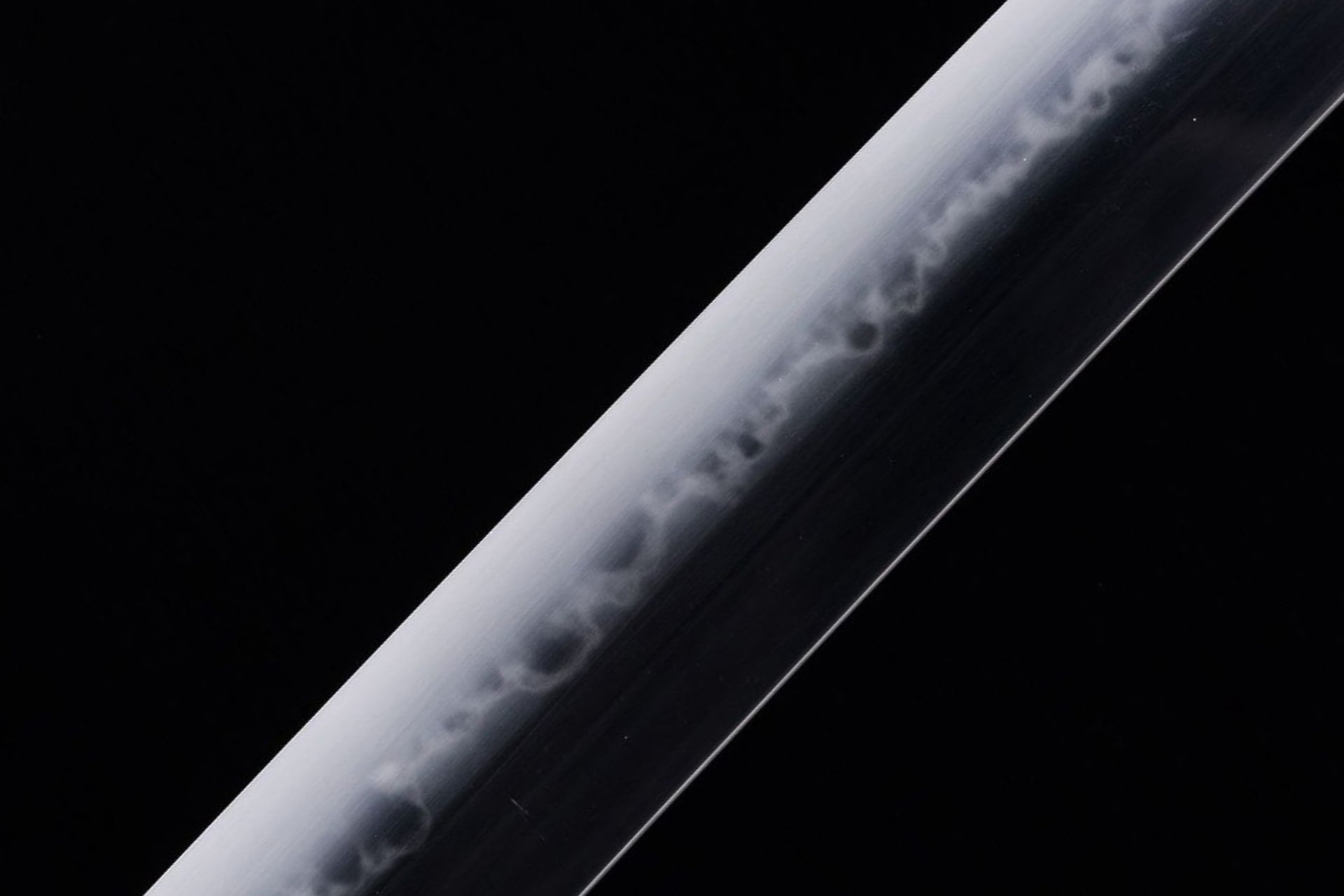
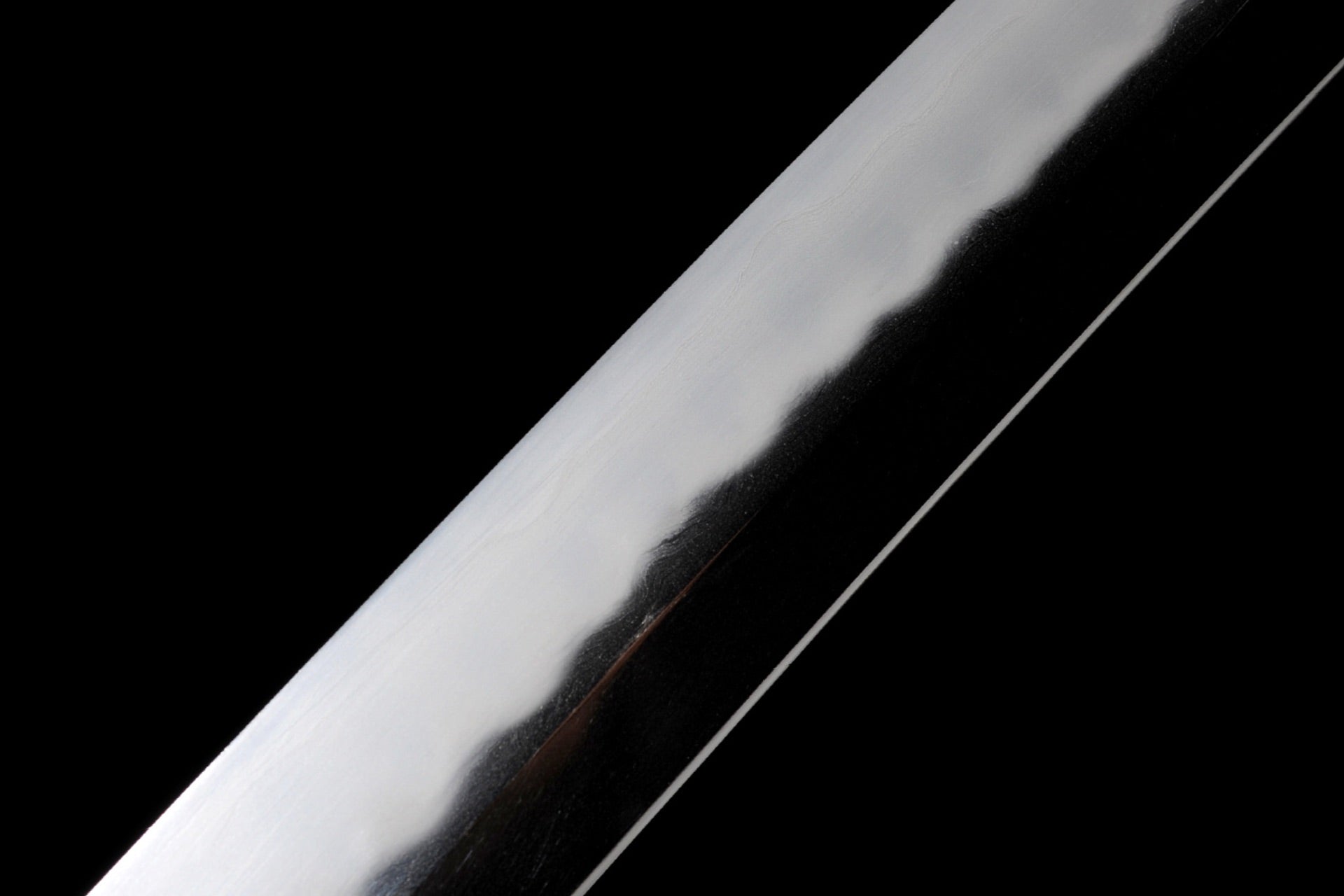
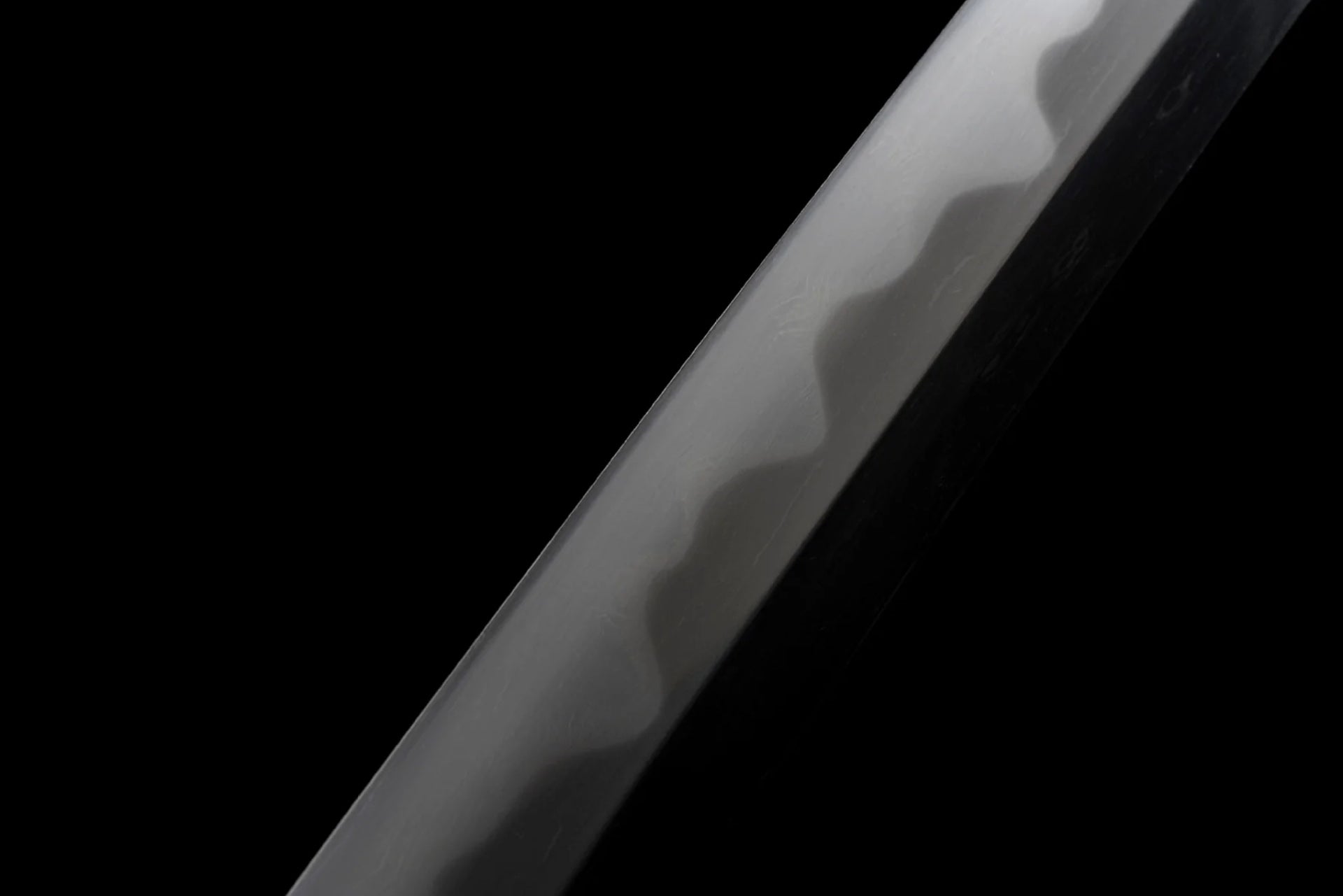
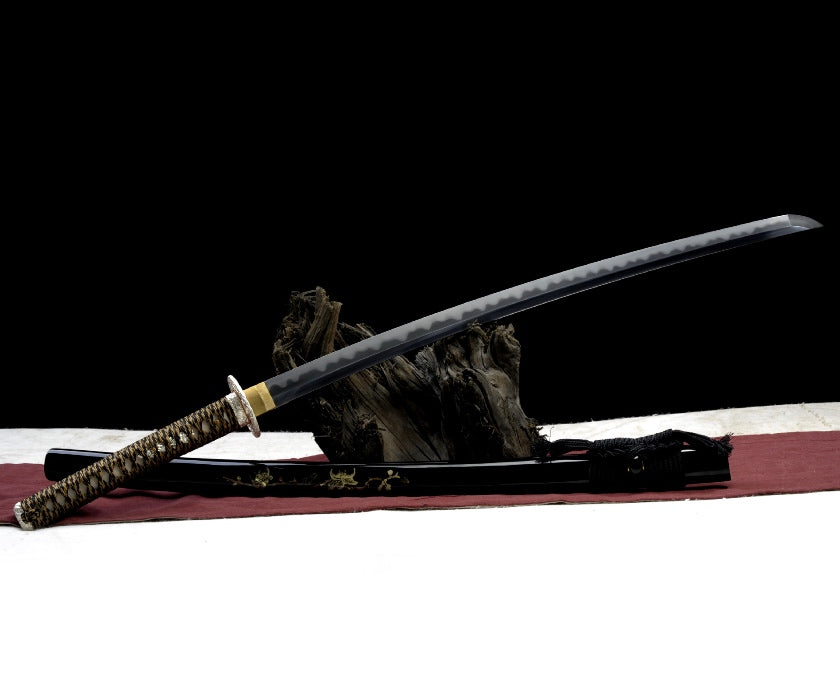
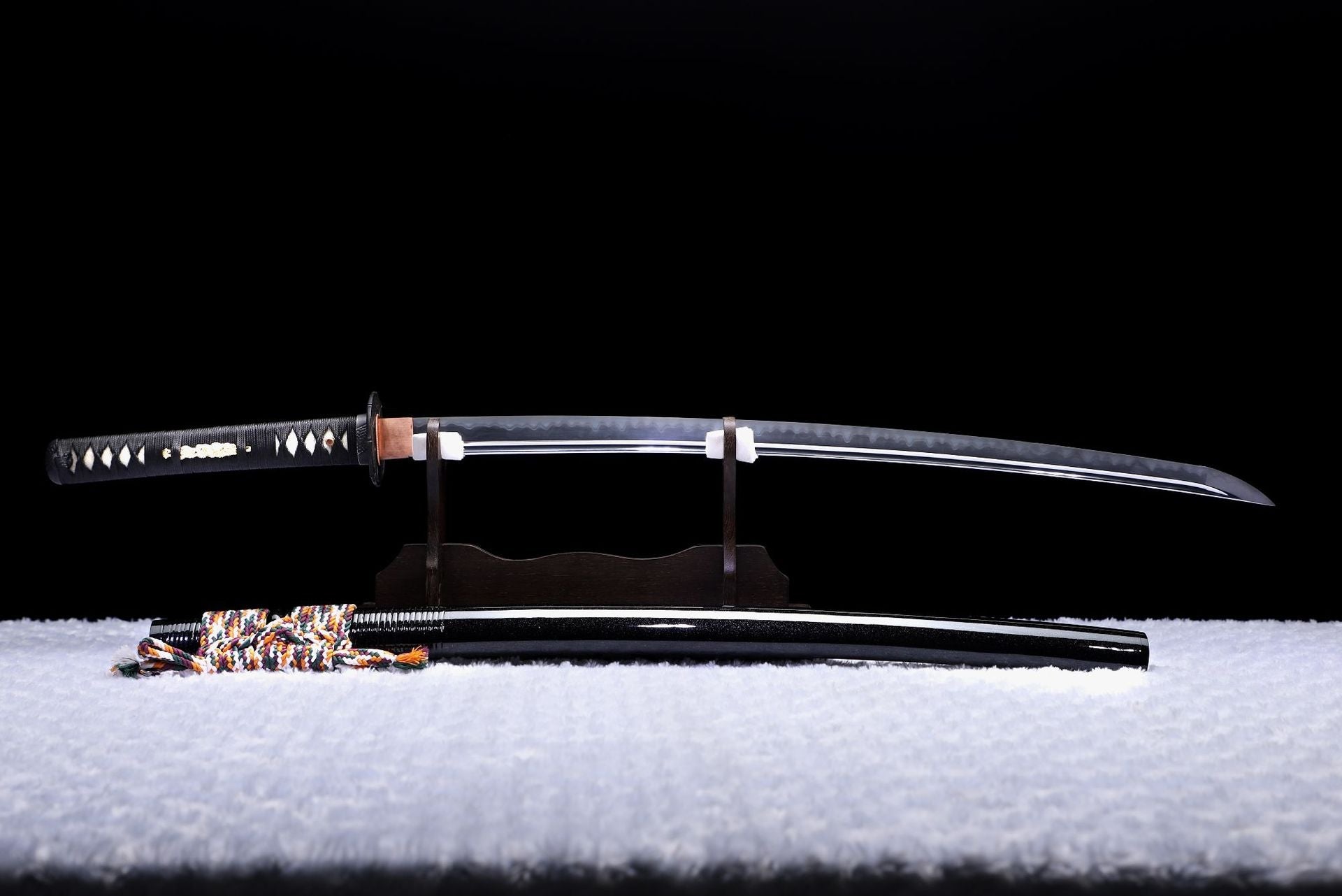
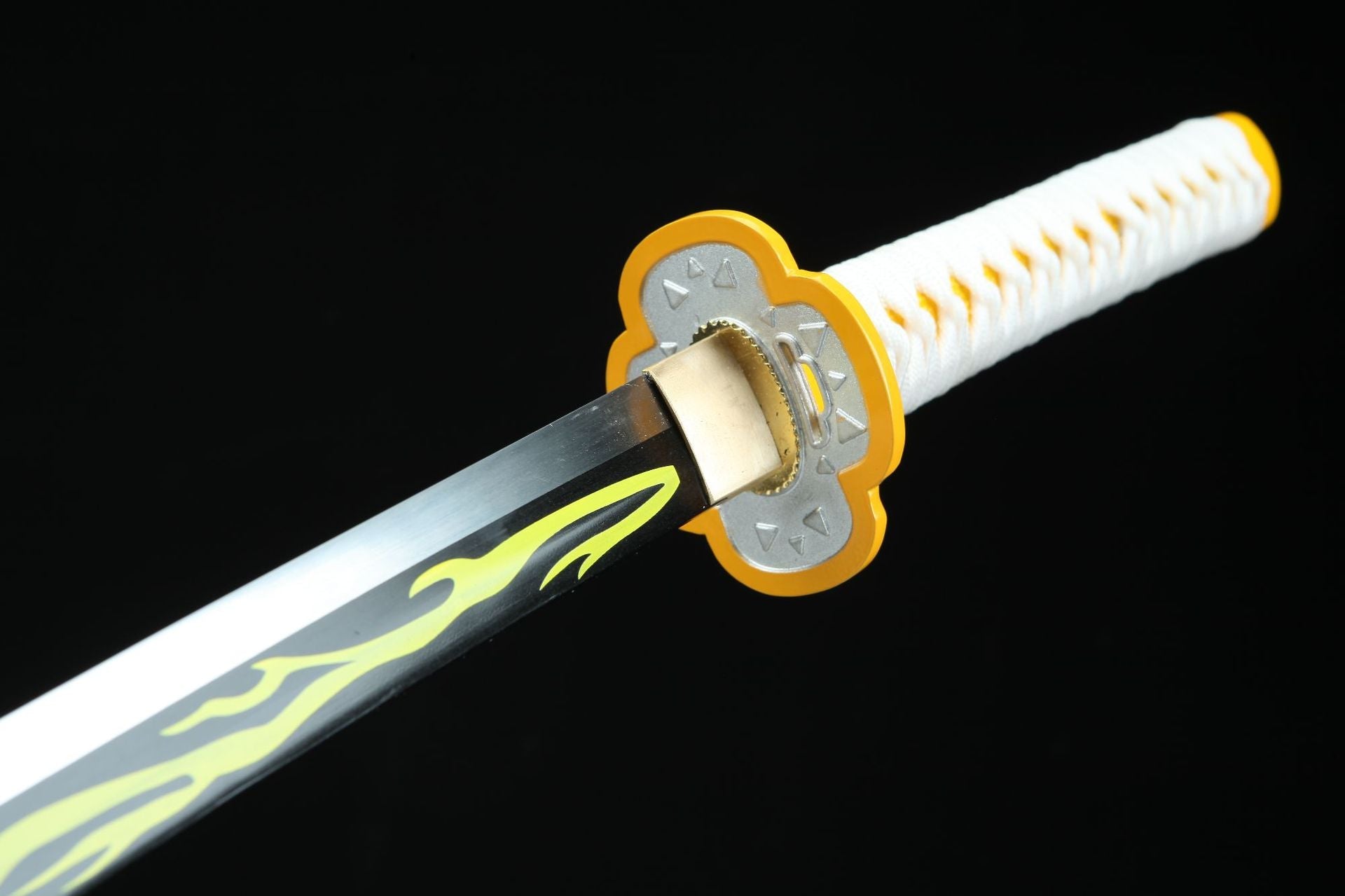
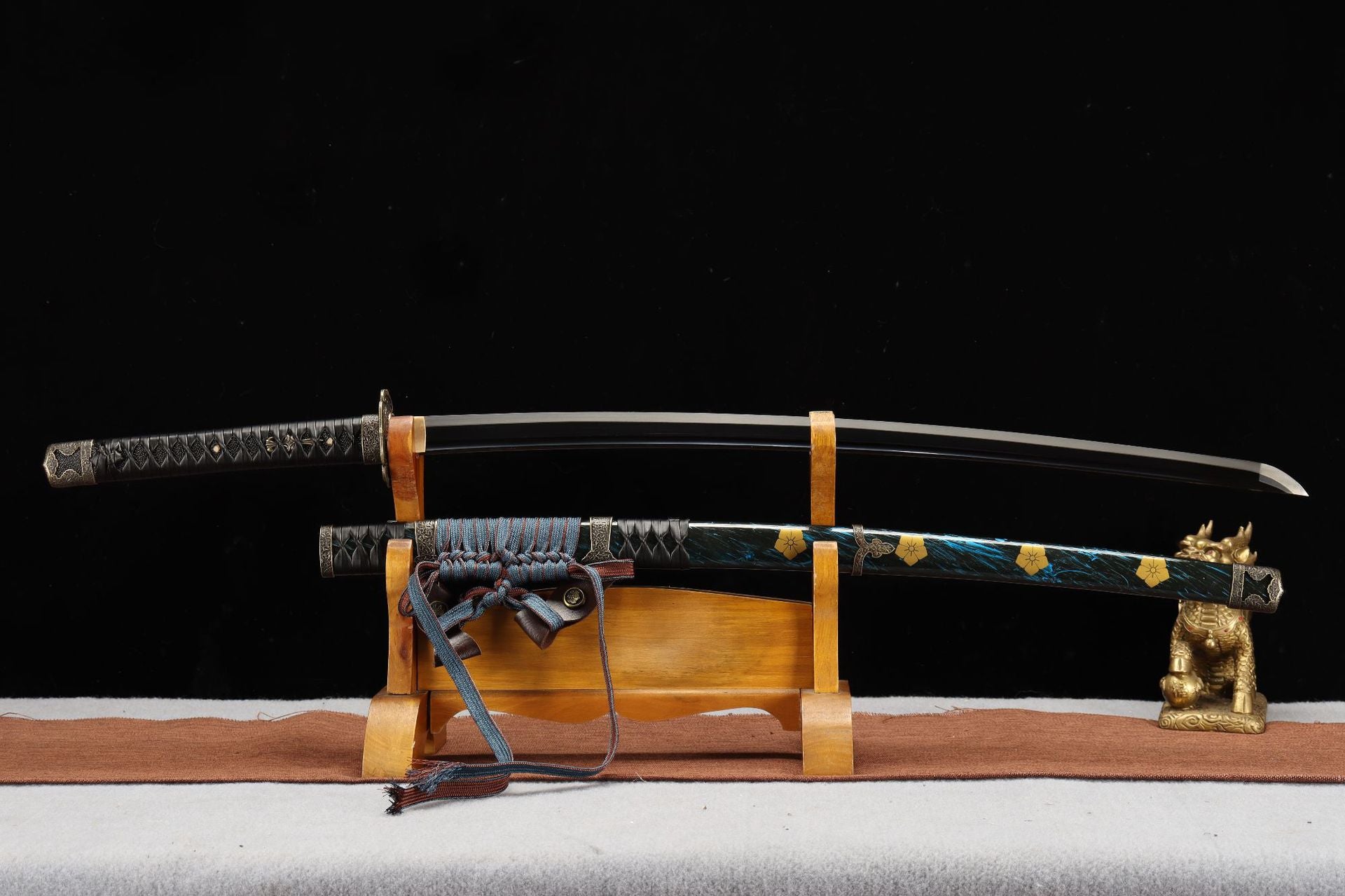
Leave a comment
All comments are moderated before being published.
This site is protected by hCaptcha and the hCaptcha Privacy Policy and Terms of Service apply.